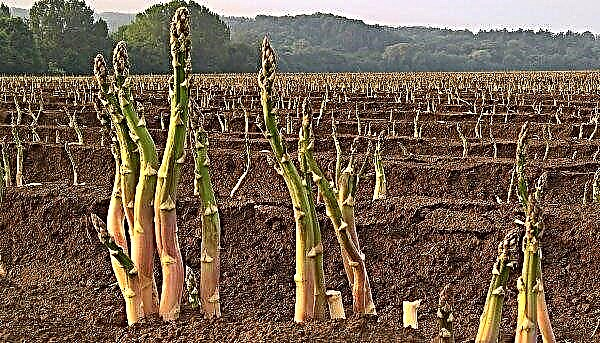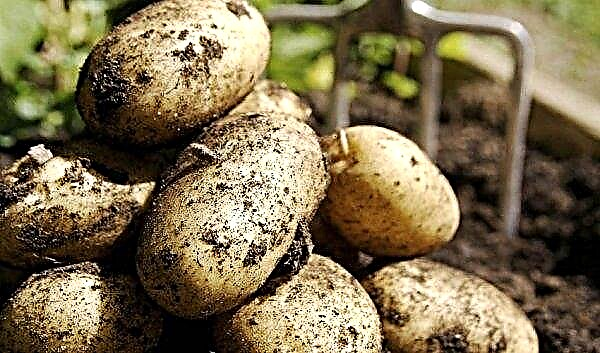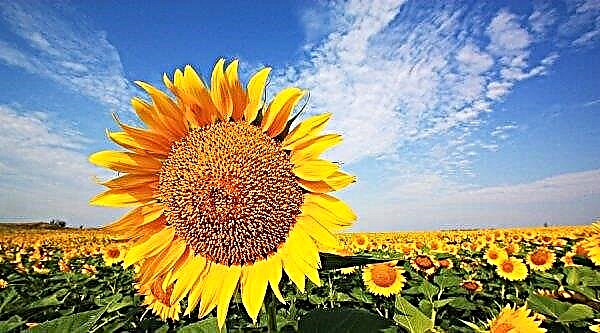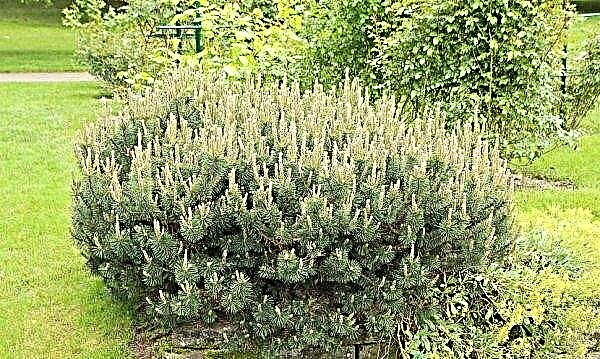In recent years, owners of suburban cottages and ordinary summer cottages are increasingly turning to the services of landscape designers or independently seek to ennoble the appearance of the territory. Along with flower beds and alpine slides, man-made reservoirs that are decorated with wild or artificial stone are very popular.
Where to get stones for a pond in the garden
Pondering the question of where to get the materials to design an artificial pond, you can choose from two options:
- With a certain amount of time and effort, you can find natural boulders and pebblesat. Do it in places of industrial development of gravel, or simply on occasion in forest plantations or near natural reservoirs. In this case, cash costs will be very small and limited to the cost of transporting the material.
- If you don’t like to scour the search for beautiful decoration materials in the area, you can just buy everything you need in specialized stores and even use the delivery service. At the same time, time and effort will be saved, but you have to pay a pretty decent amount.

Which stone is best to choose for a pond
To decorate the pond, you can use a variety of natural and artificial stones.
Important! If your artificial pond was created using film materials, do not place boulders with pointed edges, as well as too heavy specimens in it.
At the same time, it is worth remembering some nuances:
- When decorating the pond, large boulders that are 1/2 in the water look very aesthetically pleasing. The presence of moss on such a stone looks very picturesque. However, for the moss to grow, a shadow is required.
- When using limestone as a finishing material, water alkalizes. If at the same time there is still intense lighting, then the water in the pond will bloom and take on a green hue.
- The edge of the pond should not be laid out exclusively by massive boulders. This will create a painful, obsessive impression. Stone edging looks better when it is interspersed with islets of plants and mounds of sand.
- The material used in the decoration of the reservoir should overlap with the decoration of buildings on the site. For example, if the house is decorated with wild stone, then your pond is desirable to overlay in the same style.
Video: how to choose stones for a reservoir
Features of artificial stone
If you want to avoid hiring machinery and workers to carry heavy specimens of finishing material, you can use artificial stone. This is a decorative finishing material made of fiberglass. Inside it has a void, with a hole at the bottom.
Did you know? The most expensive gemstone in the world is considered diamond, while in its composition there is only one chemical element — carbon.
In appearance, such boulders are sometimes impossible to distinguish from real ones (if they are made as an imitation of wild material). They are very convenient to use if necessary masking technical equipment (pumps, pipes, technical units). It is especially beneficial to replace natural giant boulders with artificial ones, which significantly saves strength and cost of delivery.
How to make a contour of stones for a pond
After the shore of the pond is strengthened, butyl rubber film is usually visible along its edges. To hide its presence, you can use sand, pebbles and larger stones. There they lay out the drainage pipe, filling it with gravel.
Selection of stones by size
Before starting work on the lining of the pond, you should choose the material according to size:
- On the edge it is worth spreading gravel or pebbles, sand and several large stones. Visually, these materials will emphasize the shape and boundary of the reservoir.
- In the shallow water area, small pebbles are usually scattered, and on top of it you can place several large boulders that go under the water.
- If the reservoir is deeper than 1 m, then the bottom is usually not visible and does not require decor. However, if you install a very large boulder at the bottom, it will be visible through the water column and give the pond mystery.
- On the shore and on the island (if any), you can place 2-3 large boulders.
Laying stones at the pond
The different shape, size and functionality of artificial reservoirs suggest different options for laying decorative stone.
Important! When decorating an artificial pond with stones, you should take the same material in color and texture, but different in size. Equal in size and shape of the figure will deprive the composition of personality.
In order for the pond to look aesthetically pleasing and not inconvenience when using it, you should study the main options for laying the material:
- If there is a flat shore on top of the rubber film, it is recommended to place the non-woven material and lay out large stones and boulders in random order on top. After that, supplement the composition with sand, gravel or pebbles. The advantage of dumping is simplicity in execution and environmental cleanliness. Among the shortcomings can be distinguished inconvenient washing of the reservoir, if the pebbles and stones are laid directly on a non-woven base. If there is a desire to avoid difficulties with washing after a few years, you should create a dense base under the stones, for example, from concrete.
- If a steep bank is created in the pond, only a professional can lay it. Pebbles and flat stones up to 20 cm in diameter are used. The materials are laid with the end face in relation to the coastal plane, using a solution. Such a masonry is applicable for a large depth and a small width of the reservoir.
- If the pond is designed not only to decorate the site, but also for swimming, its shores are trimmed with pebbles of large sizes or large rounded stones.
- If there is an adjacent place for a beach holiday around the pond, the edge can be laid out with the same material as the platform itself. The masonry should be 7 cm higher than water to prevent constant transfusion and hide the film. In this case, it is necessary to take care of the drainage system in case of rain or floods.

Cement fixation
Decorating ponds with blocks and pebbles is done both when using the solution, and without it. The use of the solution is necessary when the owners want to strengthen the shoreline: in the presence of sheer walls (slope of more than 30 °), as well as where it is supposed to use the facility for active swimming. Cement should be brand M300, its proportion in the mixture with sand is 1: 3. The composition is diluted with water to a thick sour cream. Liquid glass (10%) is added there and everything is mixed intensively.
Did you know? There are salt ponds near San Francisco. They are created artificially for the extraction of sea salt. If you fly over these ponds, then from above they seem bright coral due to the growing algae and microorganisms in them.
Having applied the mixture to a plane, the stone is laid. In this case, the material must be wetted with water. If it is round in shape, then it must be drowned in solution by 2/3 of the value, otherwise there is a risk of material falling out during operation. You can fill the pond with water three days after masonry. It should be remembered that such decoration is a complex and time-consuming process. Before planting boulders and pebbles on a cement mortar, you must first collect the entire composition "rough". This will reveal and eliminate aesthetic defects. The artificial pond on the site is a special pride for the owners. It is pleasant to spend time near a pond reading a book or a cup of tea. In addition, the presence of such a “highlight” can surprise guests. Knowing and observing the rules for decorating a pond, you can achieve excellent results even with your own hands.
This will reveal and eliminate aesthetic defects. The artificial pond on the site is a special pride for the owners. It is pleasant to spend time near a pond reading a book or a cup of tea. In addition, the presence of such a “highlight” can surprise guests. Knowing and observing the rules for decorating a pond, you can achieve excellent results even with your own hands.












